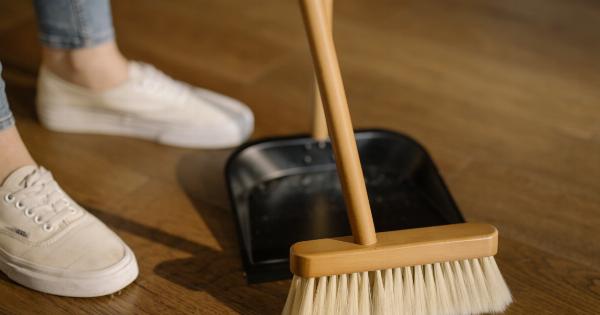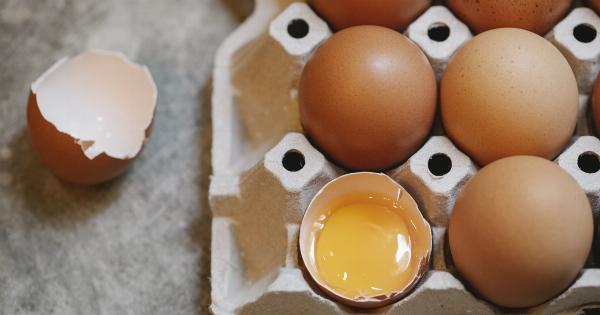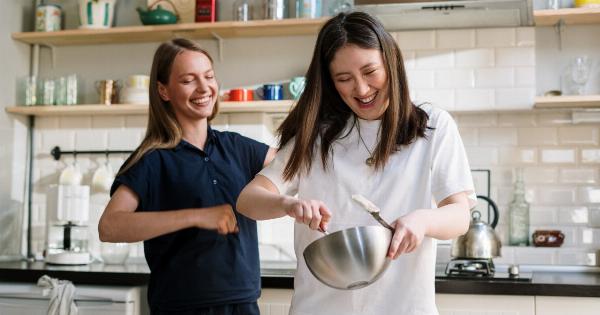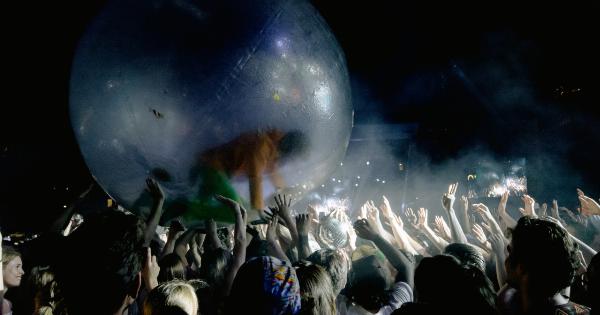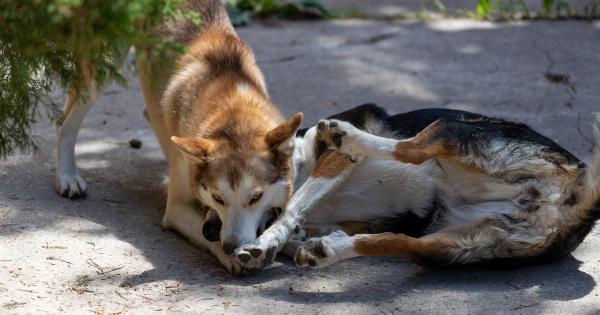As parents, we all want to provide a safe environment for our children. One way to do that is to childproof our homes. We’ve compiled a list of 30 tips to help you childproof your home:.
1. Secure Furniture
Secure bookcases, dressers, and other furniture to the wall to prevent tipping. Use safety brackets and anchors to secure heavy furniture.
2. Cover Electrical Outlets
Use outlet covers to block off electrical outlets that are within reach of children. These covers can be inexpensive and easy to install.
3. Lock Cabinets and Drawers
Use childproof locks to prevent children from opening cabinets and drawers that contain dangerous items, such as cleaning supplies or sharp objects.
4. Install Window Guards
Install window guards to prevent children from falling out of open windows. Make sure they are sturdy and secure.
5. Use Safety Gates
Use safety gates at the tops and bottoms of stairs and in doorways to prevent children from accessing areas of the home that may be dangerous.
6. Remove Hazardous Plants
Identify and remove any hazardous plants that may be within reach of children. Some plants can be poisonous if ingested.
7. Secure Blind Cords
Secure blind cords out of reach of children to prevent accidental strangulation. Install cord cleats to tuck the cords away.
8. Use Soft Flooring
Use soft flooring, such as carpet or foam tiles, in areas where children are likely to fall, such as the playroom or nursery.
9. Store Medications Safely
Store medications and vitamins out of reach of children, in a secure cabinet. Never leave medication out on a countertop or table where it can be easily accessed.
10. Install Smoke Alarms
Install smoke alarms in every bedroom, hallway, and living area in your home. Test the alarms regularly and replace the batteries as needed.
11. Secure Doors and Windows
Install quality locks and bolts on doors and windows to prevent children from opening them and leaving the home unsupervised.
12. Use Cordless Window Coverings
Install cordless window coverings to eliminate the risk of cord strangulation. These can be roller shades or blinds with a spring mechanism.
13. Secure Heavy Appliances
Secure heavy appliances, such as the stove or refrigerator, to the wall to prevent tipping. Use safety straps or L-brackets.
14. Cover Sharp Edges
Use corner guards to cover sharp edges on furniture, such as coffee tables and countertops, to protect children from injury.
15. Keep Small Items Out of Reach
Keep small items, such as coins or buttons, out of reach of children to prevent choking hazards.
16. Use Childproofing Devices for Doors
Install childproofing devices on doors to prevent children from locking themselves in or out of rooms. These can be doorknob covers or sliding locks.
17. Store Cleaning Products Safely
Store cleaning products and chemicals out of reach of children, in a locked cabinet or storage area. Never leave these products out on countertops or open shelves.
18. Stow Away Plastic Bags
Stow away plastic bags out of reach of children, as they can pose a suffocation hazard.
19. Remove Loose Rugs
Remove loose or wrinkled rugs to prevent tripping hazards. If you must have rugs, use non-slip pads underneath to secure them in place.
20. Use Childproofing Devices for Electrical Cords
Use childproofing devices to keep electrical cords out of reach of children. These can be cord covers or cord shorteners.
21. Turn Down the Water Heater
Turn down the temperature of your water heater to prevent scalding. The recommended temperature for homes with children is below 120 degrees Fahrenheit.
22. Use Safety Latches for Toilets
Install safety latches on toilets to prevent children from playing in the water or accidentally drowning.
23. Keep Firearms Stored Safely
If you have firearms in the home, keep them stored safely in a locked cabinet or safe, with the ammunition stored separately.
24. Use GFCI Outlets
Install Ground Fault Circuit Interrupter (GFCI) outlets in bathrooms, kitchens, and other areas where water is present to prevent electrical shock.
25. Keep the Floor Clear of Clutter
Keep the floor clear of clutter to prevent tripping hazards. This includes toys, shoes, and other items that may be left out.
26. Use Edge Protectors for Stairs
Install edge protectors on stairs, to prevent children from falling off the edge. These can be plastic or foam strips that attach to the edge of the stair.
27. Keep Hot Liquids Away from Children
Keep hot liquids, such as coffee or tea, away from children to prevent burns.
28. Use Non-Slip Bathtub Mats
Use non-slip bathtub mats to prevent slipping and sliding in the tub. Make sure they are secure and in good condition.
29. Use Childproof Locks for Windows
Install childproof locks on windows to prevent children from opening them and falling out. These can be plastic locks or sliding locks.
30. Be Vigilant
Most importantly, be vigilant. Keep an eye on your children and always supervise them closely. No matter how many safety precautions you take, accidents can still happen.

